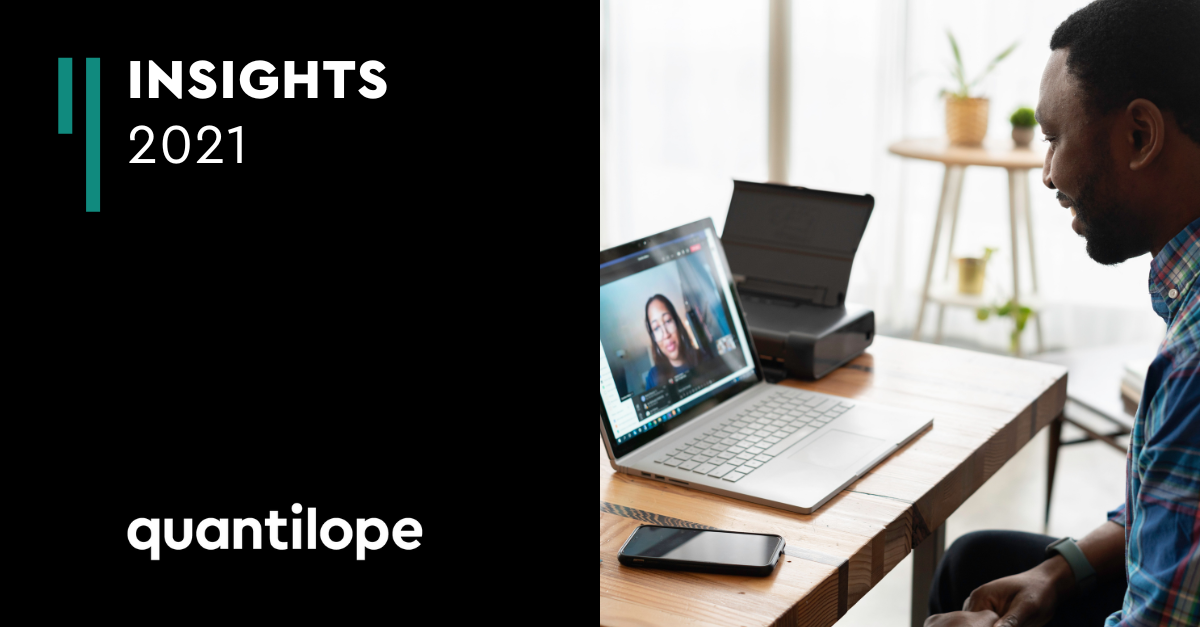What’s the future for qualitative research in a post-pandemic world?

What does the pandemic mean for an industry that has traditionally relied on meeting people face to face? How do we make sure we still get the insights that come from really connecting with people?
Qualitative research is known for its ability to get closer to target audiences, which suddenly feels at odds with an era when we are wary of getting close to anyone outside our immediate household. Qual researchers are also used to travelling far and wide to identify consumer behaviour and feelings. But the last thing qual researchers have been doing recently is travelling anywhere, let alone far and wide.
So what does the pandemic mean for an industry that has traditionally relied on meeting people face to face? How do we make sure we still get the insights that come from really connecting with people?
The answer, of course, is online research. Qual had already been making great strides in digital methodologies, and has had to lean on them more than ever over the past year. But beyond the cost savings that online interviews, video surveys and video diaries bring, these methods have proven to have several advantages over face-to-face qual:
- They reflect the new reality in which consumers are finding themselves. Far from being an advanced alternative, they slot perfectly into the increasingly screen-based lives that the pandemic has brought about. Video communication now comes naturally to people; indeed for many, meeting face to face would feel weird.
- They overcome geographical barriers, so that a research sample can be made up of people from far-flung and far apart areas – not just the urban centres that are traditionally researched.
- Online responses are easier to fit into people’s schedules – perfect for reaching respondents with busy lifestyles who can’t or don’t want to travel.
- It’s easier for a variety of demographics to be included – and makes research more inclusive for those who wouldn’t be able to attend because of a disability.
- They can put the less confident respondent at ease. Research can be done in their own home environment without having to invite somebody in. And paradoxically, putting that physical distance between the researcher and interviewee can help make people open up.
- Online methodologies are particularly suited to a more flexible research design. For example, video surveys allow respondents to add in as many pieces of footage as they like so that they can always post further thoughts if they have forgotten to mention something in an earlier video.
- Video footage can be used to create engaging output that lives on, helping to inform a business for years after the research is done. And a video reel of consumer responses is far more engaging than watching recorded focus groups.
There will still be times when nothing can replace actually being with a respondent – observation exercises, for example, when the point is to capture behaviour of which respondents might not be aware. But online methodologies are here to stay as an important part of thequalitative tool kit, allowing us to get closer to consumers - without getting too close.
Get in touch with an expert
